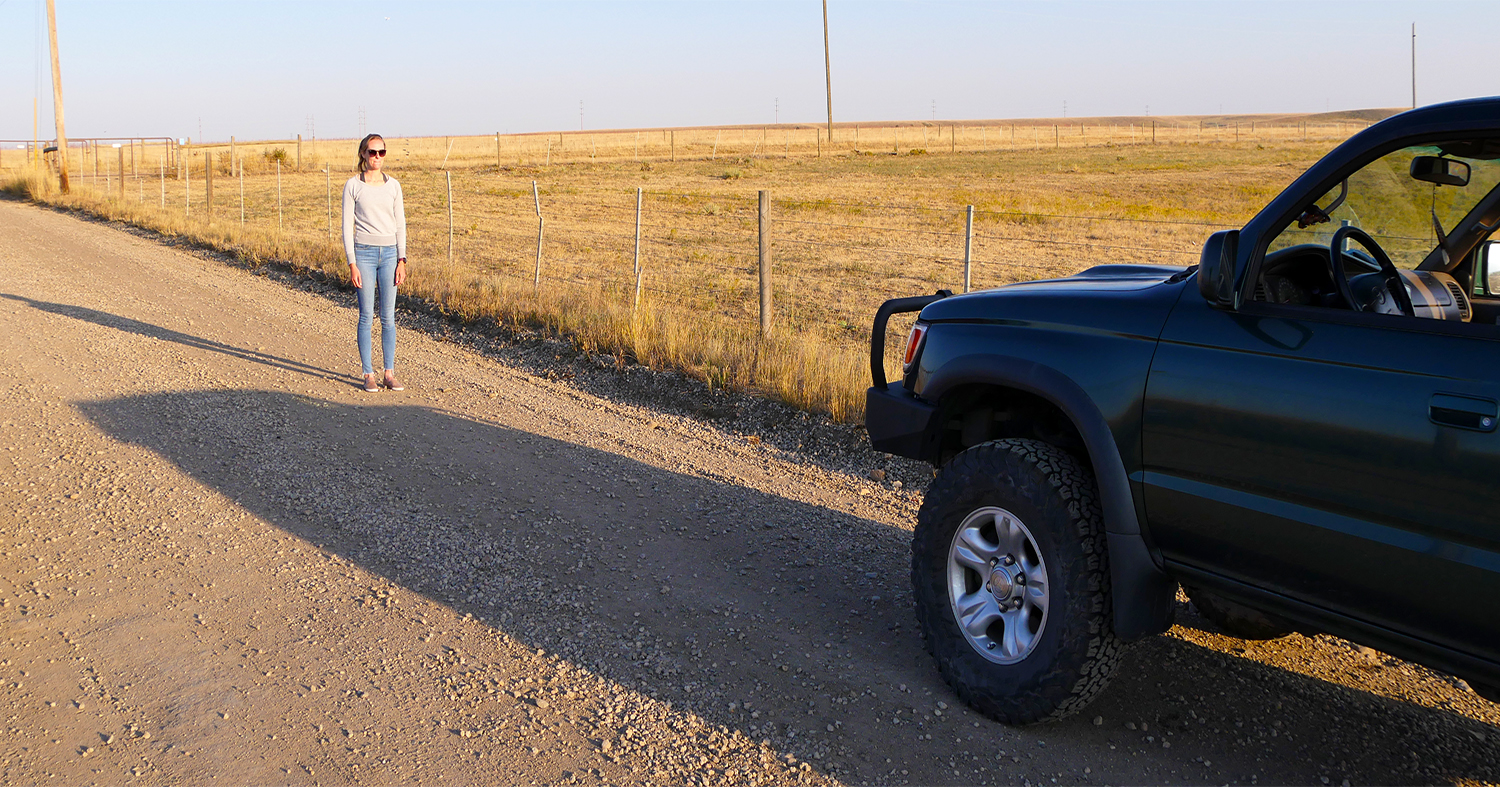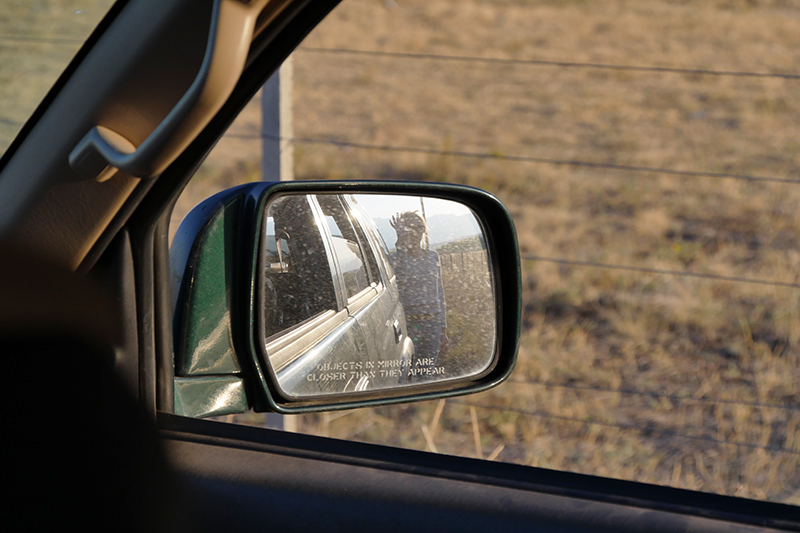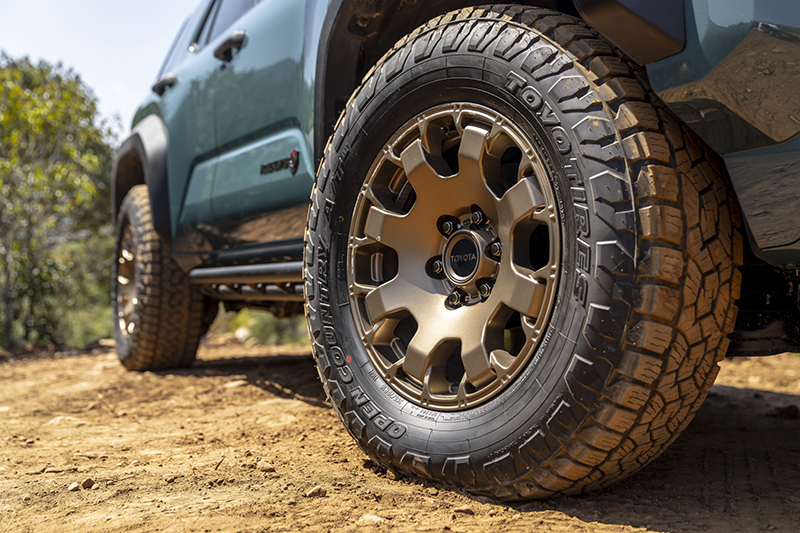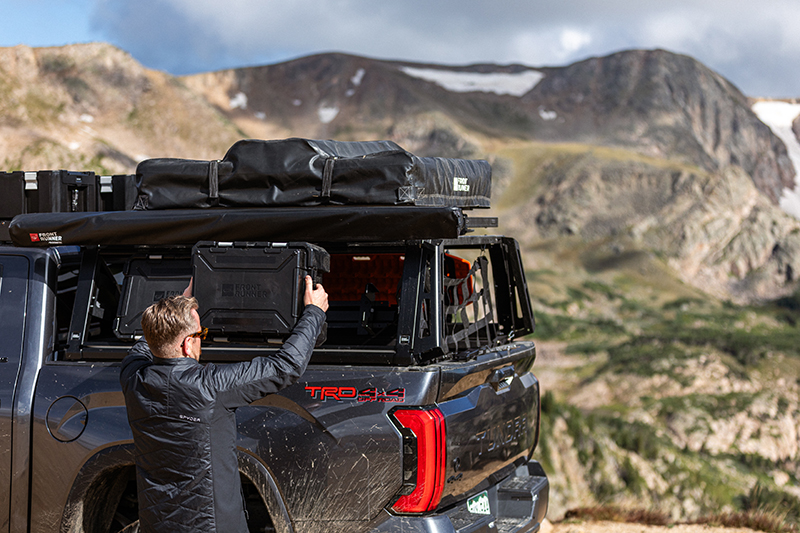Driving with mechanical sympathy is an overriding principle that applies to everything you do in the vehicle.
In Part One of this series I covered aspects of the vehicle itself. Now we extend that to what you do when you are in the vehicle.
First is seating position. This gets overlooked by many, so bear with me. We are not all the same size and shape. Racing drivers get seat fittings that take days and involve custom fitment of their position in the vehicle so that they can reach every control with the least effort, and can see as much as possible of the road ahead, the mirrors and the extents of the vehicle, all while attached to the seat (and hence the car) by a five-point harness. There is no leaning forward in a racing car; everything should be in reach. The same applies in an overland (or any) vehicle. To start, a good rule of thumb is to sit in the vehicle and adjust the seat and controls (if applicable) so that you can reach the top of the steering wheel with your elbows slightly bent. I prefer to be a little closer to the wheel than that, so find your own comfort zone. You should be able to depress each of the pedals all the way to the floor and be able to rest your heel on the floor. The gear stick (or knob or dial) should be easily within reach without looking for it. Mirrors should be adjusted so you can see the sides of the vehicle as well as the road behind and to the side. Many forget that mirrors can be adjusted to the situation (or even folded out of the way if needed), depending on the needs of the driving. Of course there will be compromises in all of this, but look to make your driving position as comfortable as possible, even to the extent of getting aftermarket seats if needed.
Once you are comfortably seated, the next step is to lock in your mind the position of all of the wheels and the boundaries of the vehicle. This is easy on some vehicles and hard on others. Vehicles with short windows and flat hoods particularly suffer, like FJ Cruisers, the new generation Tacomas and RAM pickups, to name a few. In these cases it is nice to have a friend help you. Have them stand at each corner of the vehicle with their arm held vertically, marking each corner, so you can see it from the driving position. Use the mirrors to mark the rear corners and wheels on the 3D map in your head. The passenger rear tire is the most likely point of the vehicle to suffer damage, as it is farthest from the driver and at an angle. Pay careful attention to where that wheel is. In Part One of this series I suggested picking reference points in the vehicle for the position of the differentials and other underside low points. This is a good time to check that.
An illuminating test is to sit in the driver’s seat with the vehicle stationary and have a friend stand in front of the vehicle and then back away. Stop them when you can first see their feet. Now note how far in front of the car they are. This is the point in front of the car where things disappear from your view, and in many cases it will astonish you how far away that is.
Now that you have your position in the car sorted and the car’s position around you sorted, you are ready to drive. Driving should not be a lazy affair. These days there are hundreds of distractions coming at us every minute and cars are so easy to drive that complacency comes easily. Driving well is a skill that should be nurtured, and driving well always involves driving predictively. Scan the road ahead and the sides of the road. Pick your line all the time; even on tarmac, you can pick where you place the wheels to avoid pot holes, cracks in the pavement, rocks, gravel, etc. This is even more important off road. You now have an idea where things on the road disappear from sight in front of the car, so your path ahead (your line) must be picked well before that and even farther ahead as your speed increases.
In concert with the map of the car in your head that we just built, now you build a running path in your head of where each of the tires is going to run as you drive down the road. This line continuously updates as you progress, processing new details ahead, and this becomes an iterative procedure; continually updating and adjusting.
Driving predictively also involves having the car set up correctly before you reach the next “obstacle,” be it a corner, a rock, a washout, whatever. In a manual transmission vehicle you want to select the correct gear, while in an automatic you want to be in the correct transmission mode. This also goes for the transfer case and the engine. For the engine you want to be in the correct rev range, which all goes back to selecting the correct gearing for the situation.
In the next article in this series I’ll go over those points in detail: engine speed and gear selection in both automatic and manual transmission vehicles. Stay tuned.
Editor Note: You can read Part 1 in this series by clicking or tapping (if on a mobile device) HERE.
OutdoorX4 Magazine – Promoting responsible vehicle-based adventure travel and outdoors adventure














